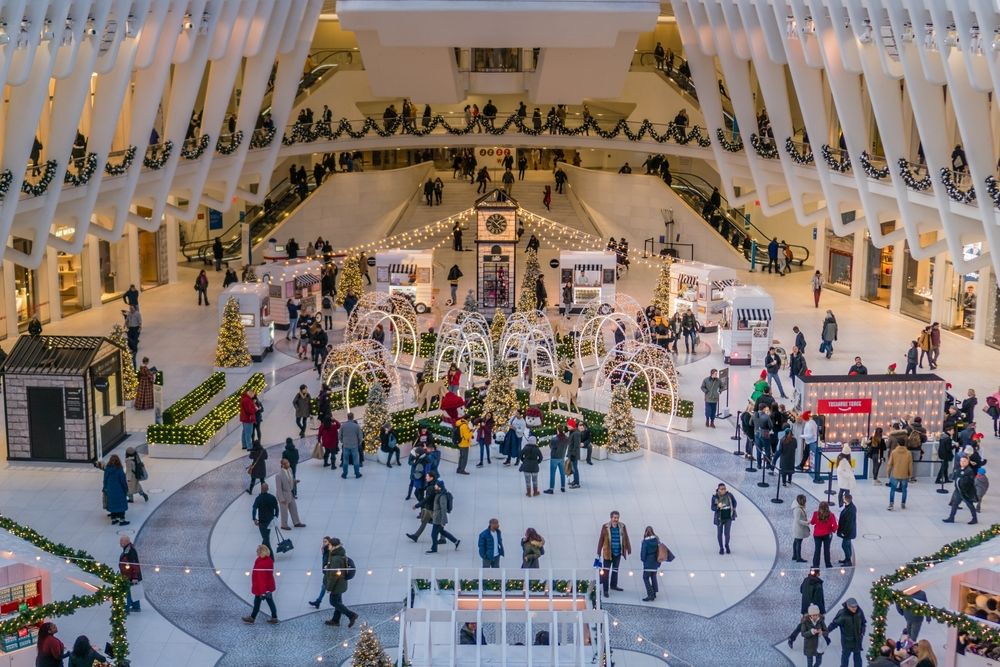According to National Retail Federation (NRF) projections, 140 million people will go out on this day to buy the last gifts and items still missing from the holiday.
Experts have drawn attention that traffic may exceed the amount spent on the traditional shopping day after Thanksgiving, Black Friday, when Americans bought $9.8 billion online alone.
NRF President and CEO Matthew Shay said the increase in spending is not surprising, that retail appears to have recovered from the ups and downs caused by the coronavirus pandemic, and that the financial situation of American families is essentially stable, further encouraging spending growth.
According to a survey conducted by the organization this fall, Americans planned to spend an average of $875 (about 300,000 Hungarian forints) this Christmas, about two-thirds of which would go to gifts, and the other third to food, drinks and decorations.
58 percent of purchases are planned online, but nearly half of people also visit supermarkets and discount stores.
Nearly two-thirds of those surveyed said that this year, more than before, they are looking forward to various currency devaluations and business promotions, which is directly linked to persistently higher-than-average inflation. A third of people say they are saving other expenses so they can afford planned Christmas purchases.
According to calculations by the American Retail Trade Organization, the total volume of November and December sales related to Christmas may exceed $960 billion, which exceeds the value of the previous year by 3-4 percent.

A Gallup poll conducted at the beginning of winter shows planned spending on Christmas gifts of $975 per household, the highest amount in the research's 24-year history and more than a hundred dollars more than the previous year.
The data shows that
Holiday spending for middle-income families may increase the most,
By more than $200, to $947, under-35s and women will spend more than average this year. The survey indicates that middle-aged people with children always leave the largest amount in stores.
In the United States, Christmas is limited to one official holiday, December 25, when most businesses are closed. December 26 is a weekday, and on December 24 most stores close a few hours earlier than usual, and grocery stores usually close at 7 p.m.












































